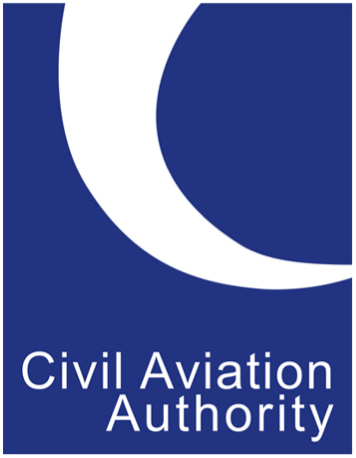New CAA guidelines: Making air travel more accessible for passengers with hidden disabilities
20 January 2017

New guidelines, published by the Civil Aviation Authority, are set to help passengers with hidden disabilities get better support at UK airports and more effective communication ahead of travel, helping to reduce stress and anxiety when travelling.
Following a wide-ranging consultation with airports and disability organisations, the CAA has set out a number of key guidelines, which include improving identification of people that need extra help and ensuring information is available in a range of formats including clear pictogram images and audio messages.
In addition airports should consider providing quiet routes and quiet areas and must ensure airport staff, including security staff, are given enhanced hidden disability training.
UK airports have welcomed the guidance, which clarifies their legal obligations in providing ‘special assistance’ to any person with a disability or reduced mobility, which includes those with hidden disabilities, when travelling through an airport and/or on board an aircraft.
Key guidelines for airports include:
- Airport staff, including security staff, should have hidden disability awareness training, as well as training to cover communication techniques.
- Ahead of travel, airports should provide clear and detailed information for people with hidden disabilities. This will help with overall familiarisation of the airport environment and help ease anxiety and stress. Communication should include a combination of accessible videos, photos and pictures of airport processes.
- People with hidden disabilities should have the option of wearing a lanyard, bracelet or other suitably designed aid provided by the airport to ensure they are easily identified by staff and can get the assistance they need.
- Airports should provide a quiet area to wait for flights and quiet routes through the airport, for example bypassing the retail area. This will make travelling through the airport less stressful and disorientating and will benefit those with sensory impairments in particular.
- Clear images and audio messages should be available throughout the airport to help passengers find essential points such as toilets, quiet areas and assistance points.
- People with hidden disabilities must never be separated from a parent/friend/accompanying person during a security search, and security staff must explain prior to the search what screening will take place and make any necessary adjustments.
- Airports should consider facilitating ‘familiarisation visits’ or open days for passengers prior to travel to help them experience the airport and aircraft environment.
In regards to this guidance, the CAA has asked the UK’s 30 largest UK airports to make the necessary improvements to their special assistance service and we will publish a report on the changes made next year.
Secretary of State for Transport, Chris Grayling said:
“We welcome the CAA’s tailored guidance which provides a great opportunity for all UK airports to better meet the needs of people with hidden disabilities.
“I would encourage airports to learn from each other, consult with charities and specialist groups and deliver great services, to help ensure passengers with hidden disabilities enjoy the huge benefits of air travel.

What do we think?
Well it's definitely a step in the right direction and with the steadily growing number of RoomMates we are hoping that the CAA and other organisations will understand the importance of wayfinding equipment too.
What do you think?
To see the document click the link here CAP1411
